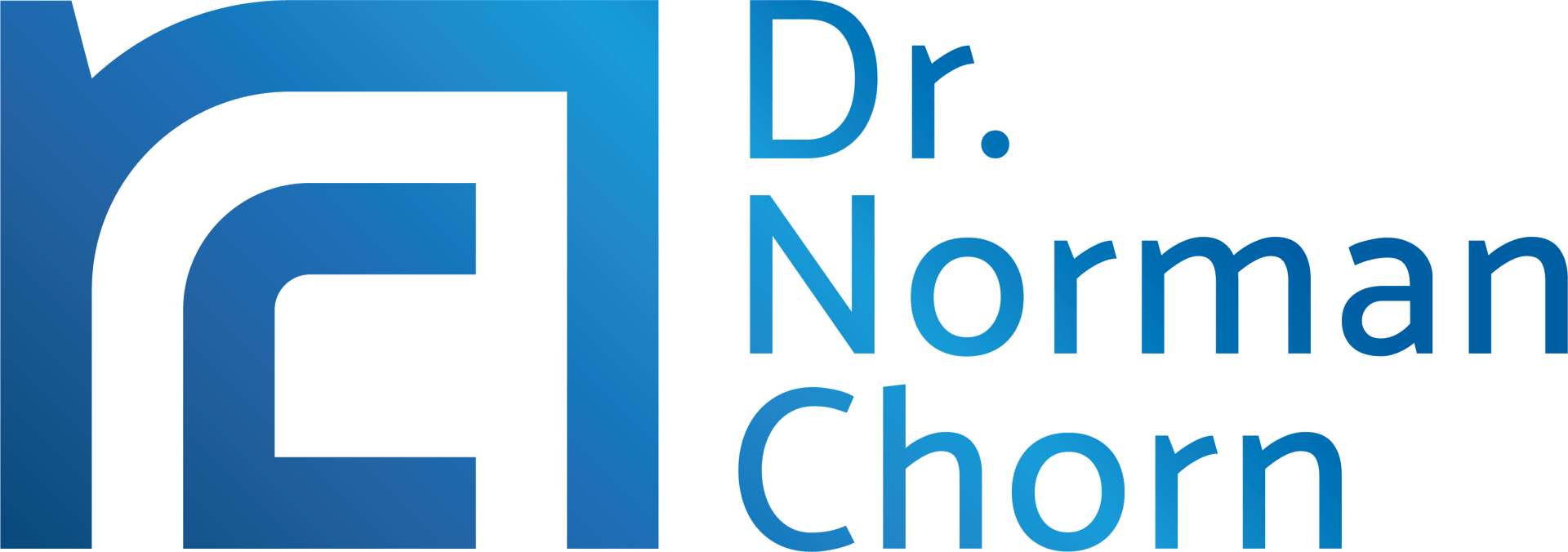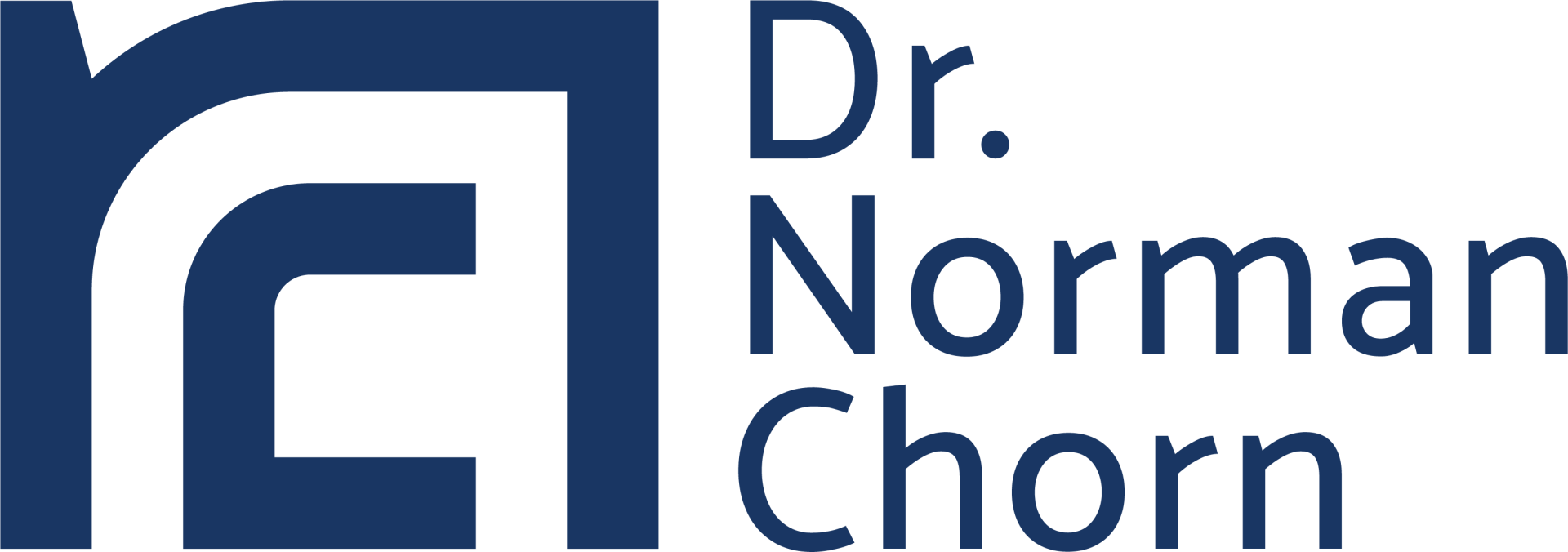At present, many organisations face uncertain and often turbulent conditions. Advantages of economies of scale has been overtaken by newer, faster, technologies; social networks have eroded the advantage of better market knowledge; and superior products have been copied through the ravages of hyper competition. In short, growth seems harder to achieve.
Achieving growth in today’s uncertain environment requires innovation. Innovation is a strong driver of disruptive strategy and competitive advantage. But for many, it seems harder than ever to achieve this competitive advantage, as a means to fuel growth.
A simple proposition on growth...
Competitive advantage is necessary to fuel growth. You need to provide your customers with a reason as to why they should buy from you rather than a competitor.
This competitive advantage needs to be predicated on difference - i.e. Your proposition to the market is different (and better) than that of a competitor or substitute. Such a disruptive approach to growth changes the rules of the game so that traditional market leaders lose their stranglehold. Soon, the attributes that you bring to the market become the standard and preferred offering.
So how do we achieve this difference and disruptive growth? Three simple rules.
- Compete where no one else competes - This is a category creation strategy. It focuses on seeking out unserved market opportunities that can be served by an innovative combination of existing technologies. Best of all, it has the natural competitive advantage of no competition - at least in the beginning!
- Identify a job to be done for the customer - The focus is on the areas where the customer has a problem, or cannot get a complete solution. It requires thorough research to truly determine the nature of solutions required.
- Create new business models in well served markets - Such a disruptive approach focuses on providing a cheaper or more convenient means of serving the customer through a radical transformation of the business model. Technology has enabled many of these strategies, and they often centre around the simplification of the supply chain. Dell Computers and Amazon.com are such examples.
How do you unleash innovation that drives disruptive growth?
We can see that there are three ‘levels’ of thinking that organisations utilise.
- Creative thinking - This involves harnessing creative ability across the whole organisation, and a relentless curiosity about organisational capabilities and the market.
- Strategic thinking - This means recognising that the organisation faces many different futures, all depending on behaviour and decisions.
- Transformational thinking - This includes your personal attitude, the design and culture of the organisation, and the processes put in place to facilitate innovation. It’s about engaging staff, bringing people in from outside the leadership to envisage change, and defining the market by understanding customers’ needs in terms of the problems they need solved (not the products they buy).
-
Leaders need to ensure innovation occurs on these three levels, in order to have a meaningful impact on the organisation.
Subscribe to our regular articles, insights and thought leadership




